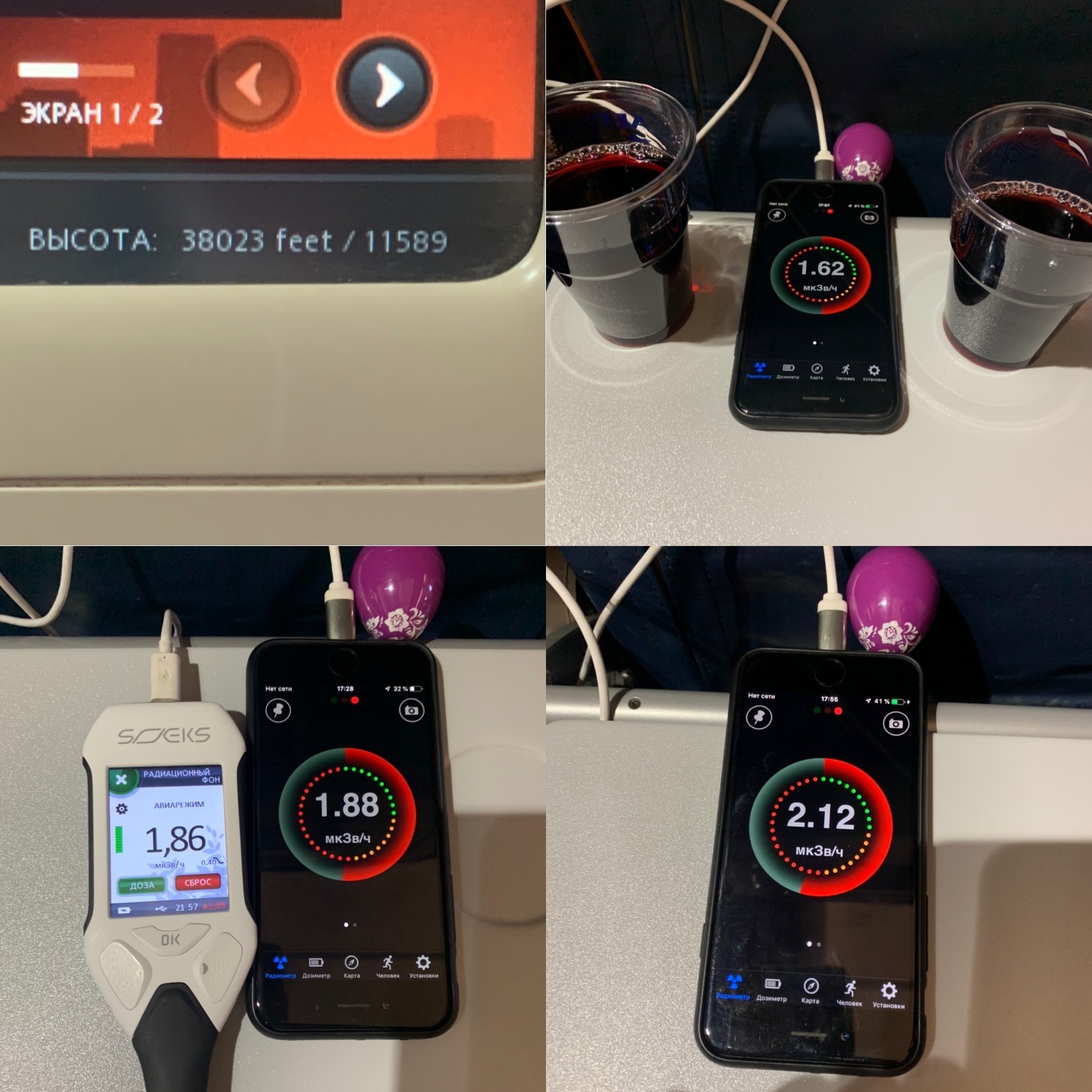Astigmatism — vision as in the kingdom of «crooked mirrors»
7 min
Translation
Friends, after a break, we resume publications on vision and technology to restore it. The pause was connected with my workload of operations and participation in conferences: in the near future I will publish a review of the most interesting technical innovations in ophthalmology that were presented at them, and today we will talk about astigmatism.

Modern statistics depressing. More than half of the world's population suffers from visual impairment, the most common problems are myopia and hyperopia. But ophthalmologists often diagnose another disease, the name of which is unfamiliar to many. Astigmatism is a defect in the optical system of the eye when the sharpness of the image is asymmetric vertically and horizontally. And the parallel rays of light passing through the eye are focused not into a point, but into the “eight”. For a person, this means that the visibility of the image becomes unsharp, and this often applies to both distant and close objects. As a result, instead of a normal image, a person sees a distorted image, in which some lines are clear, others are blurred. An idea of this can be obtained if you look at your distorted reflection in an oval teaspoon.
Ophthalmologists say that almost two thirds of the world's inhabitants face such a problem. But since the degree of astigmatism may be small, many people practically do not feel any discomfort. It is difficult for doctors to identify a clear list of common symptoms indicating that a patient has astigmatism. In each case, they will differ. In the very early stages, it is often confused with tired eyes.
However, quite a few people need special treatment or correction of this disorder with the help of glasses, contact lenses or even surgery.

Modern statistics depressing. More than half of the world's population suffers from visual impairment, the most common problems are myopia and hyperopia. But ophthalmologists often diagnose another disease, the name of which is unfamiliar to many. Astigmatism is a defect in the optical system of the eye when the sharpness of the image is asymmetric vertically and horizontally. And the parallel rays of light passing through the eye are focused not into a point, but into the “eight”. For a person, this means that the visibility of the image becomes unsharp, and this often applies to both distant and close objects. As a result, instead of a normal image, a person sees a distorted image, in which some lines are clear, others are blurred. An idea of this can be obtained if you look at your distorted reflection in an oval teaspoon.
Ophthalmologists say that almost two thirds of the world's inhabitants face such a problem. But since the degree of astigmatism may be small, many people practically do not feel any discomfort. It is difficult for doctors to identify a clear list of common symptoms indicating that a patient has astigmatism. In each case, they will differ. In the very early stages, it is often confused with tired eyes.
However, quite a few people need special treatment or correction of this disorder with the help of glasses, contact lenses or even surgery.

